BIOL*4350 students use metabarcoding to dive deep into the biodiversity of two shallow Arboretum ponds
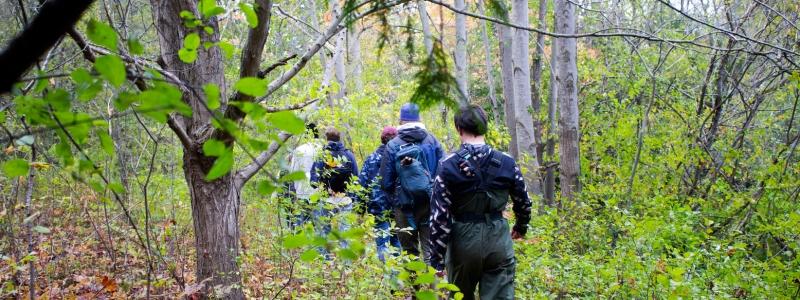
Students in fourth-year Limnology of Natural and Polluted Waters have always learned hands-on skills outside the classroom, including by visiting local waterways, collecting samples and analyzing them in the lab. But this year, Professor Timothy Bartley and course coordinator Sheri Hincks incorporated a new research technique, metabarcoding, into the class, thanks to a TNT (Try New Things) grant from the College of Biological Science’s Office of Educational Scholarship and Practice (COESP).
Water samples from two human-made ponds in the university’s Arboretum, Wild Goose Pond and Victoria Woods Pond, were sent to the university’s Lab Services for analysis. Using cutting-edge technology, the samples are examined for genetic material, shed by organisms into their environments, and a database of vertebrates and invertebrates was produced for each pond.
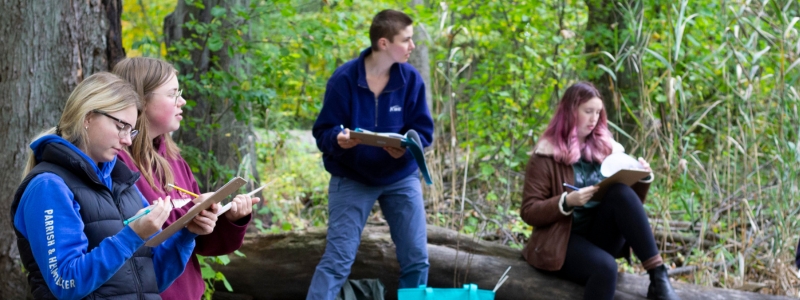
Besides learning how to collect environmental DNA samples, students also conducted more traditional analyses and monitoring of the two ponds, including observing and sketching the ponds and their wildlife, collecting and identifying zooplankton, measuring pH, temperature and dissolved oxygen, and marking and measuring the riparian zone. With both sets of data, students gained a comprehensive understanding of the ecosystems of the two small ponds and learned invaluable research and analysis skills needed for future careers in research and environmental monitoring.
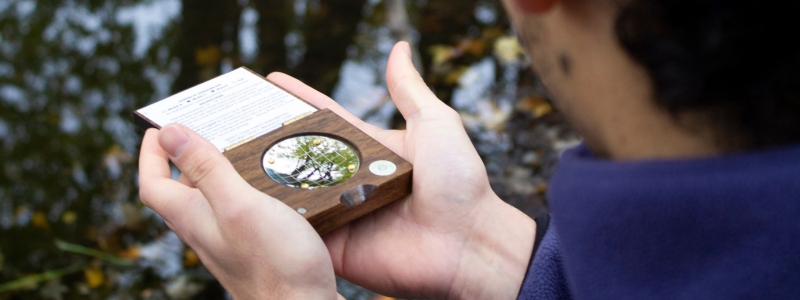
“No one has done this kind of survey of the species in these ponds before and that information will feed future projects, both for researchers and the Arboretum,” says Hincks. “Now that we know what’s there, we can go back and target particular species and maybe track rarer species or invasive species. We can also look at the differences between the two ponds and understand why they’re similar or different.”
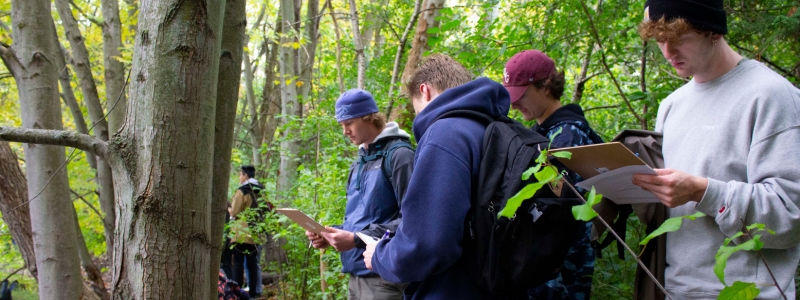
Metabarcoding is becoming increasingly popular for both ecological monitoring and global conservation studies, since it can provide a comprehensive assessment of the biodiversity of aquatic ecosystems quickly and cost-efficiently, using only a small sample of water.
The University of Guelph is a leader in environmental DNA, with Dr. Paul Hebert’s groundbreaking work developing DNA barcoding and founding the Centre for Biodiversity Genomics and with Dr. Robert Hanner, who has helped popularize using environmental DNA to analyze the biodiversity of ecosystems before and after land development.
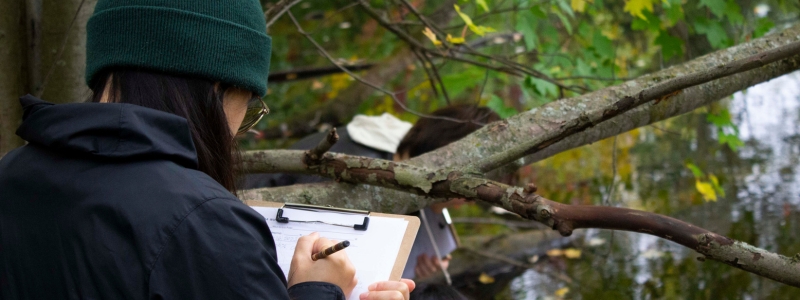
“Metabarcoding is new and it's something students really should know about when they graduate, especially since it’s so uniquely Guelph,” says Bartley. “So much of barcoding and metabarcoding started here and there are people in many departments here working in this area. There’s a really strong integration with the university and the development of these technologies.”
Aside from helping students learn about ecological monitoring and analysis, the pond DNA results are also valuable to the Arboretum. If the class is able to secure funding to make metabarcoding an annual project, the Arboretum will be able to monitor the biodiversity of the two ponds and compare them from year to year.
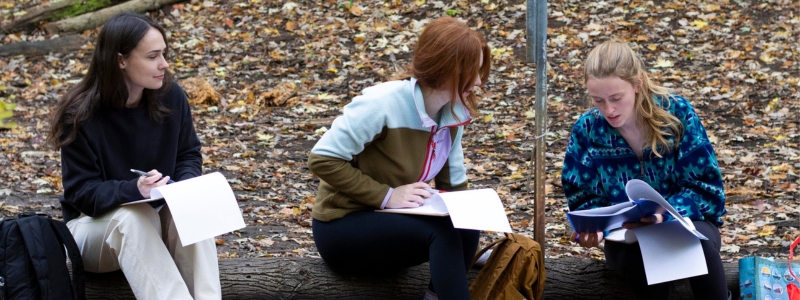
This year, the DNA results from the ponds showed a wide variety of species living in the two ponds, which are both human-made and filled only by rainfall and groundwater. Vertebrates included six species of fish, several birds, including green heron, wood duck, mallard and turkey, a green frog, and a beaver. For invertebrates, the results listed many kinds of flies, as well as water fleas and beetles. The results also showed signs of people who had visited the Arboretum, with the database picking up human, dog and cattle DNA. Bartley and Hincks plan to adjust the parameters of the analyses to try to gather even more information in future years, including potentially more amphibians and plants.
As part of the course, students in the Limnology of Natural and Polluted Waters will be creating infographics to show the biodiversity of the two ponds. Some of the infographics may be displayed in the Arboretum Centre in December.
